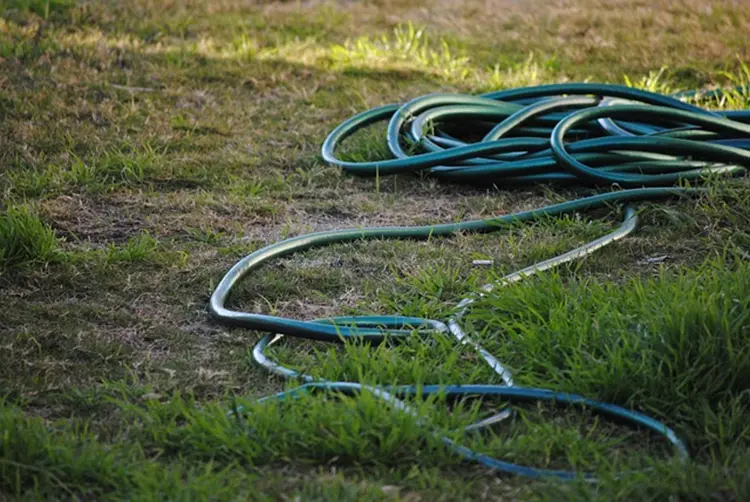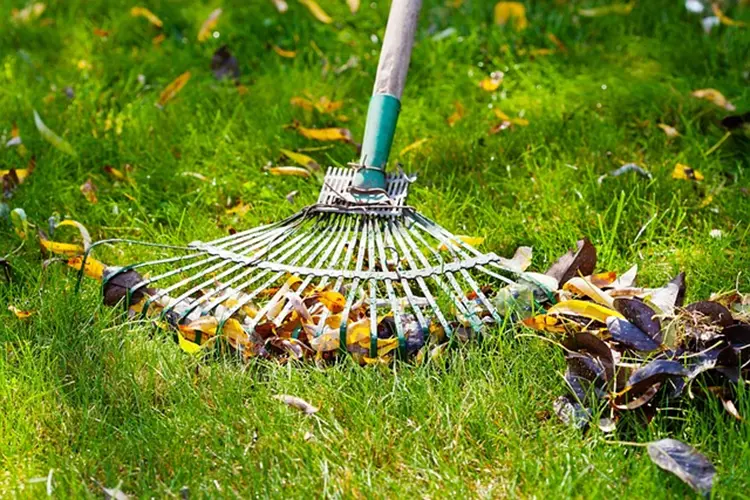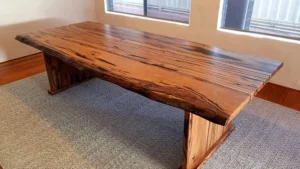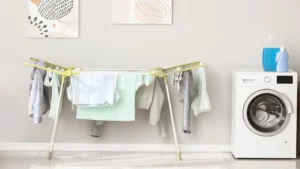Lush green grass is a crucial component of a healthy garden. It serves more purpose than an appealing landscape for visitors and passersby from the curb. It’s an extension of the home. More people are taking the interior living space and carrying that aesthetic to the garden.
Unfortunately, if you’re new to lawn maintenance, perhaps, a first-time homeowner, the garden could be intimidating, especially if it’s already a problem area. The growth may be uneven, crabgrass or other weeds could take over, sparse areas might be a problem, or there’s evidence of pets.
It can prove overwhelming when looking at the entire garden as one big project. Instead, consider the individual projects. Many lawn issues are relatively easy to rectify when armed with the best tips and tricks and adequate supplies.
As a newbie, research is key, speaking with a nursery or garden centre specialist is beneficial, and even talking to a neighbour can be helpful. Gather your resources and set to work. We’ll provide a few common problems a lovely Australian landscape faces and how homeowners tend to fix them. Let’s learn.
A Beginner’s Guide to Lawn Care: Tips and Tricks for a Beautiful Yard

A garden can prove Intimidating to a new homeowner, especially if it’s already a challenging landscape. The ideal method for approaching a lawn with existing problems is to tackle one issue at a time, depending on what they are.
If you have a neighbour with a lovely landscape, it’s worth reaching out for a few tips and speaking with a nursery or garden centre for a few helpful hints.
These professionals can also offer ideas on helpful lawn products like these at https://lawnhub.com.au/, meant to bring your garden back to its original curb appeal. Let’s look at a few problems with Australian gardens and the best remedies for these.
An Invasion of Weeds Like Crabgrass Should Be Eliminated in Its Earliest Stages
Crabgrass, in particular, is an exceptionally invasive weed variety that homeowners are encouraged to eliminate at the first sign of growth. The weed grows into a stem reminiscent of grass with wide blades and tough stems carrying heads full of seeds at the tips.
These make themself known when the blade grows taller than the surrounding grass. The stature makes the weed obvious and exposes the garden to disease.
The suggestion is to be consistent with routine mowing each year, which will control the crabgrass from producing mature seeds and avoid spreading the weed. Mowing encourages the natural grass to grow lusher and thicker, helping to suppress weeds and prevent infestation.
If the situation is already out of control, a crabgrass herbicide can assist with treatment, as can corn gluten meal. After treatment, it’s important to fertilise the garden in the treated areas to reinvigorate those locations. Learn these tips to help you care for your lawn.
Dead Patches Where the Grass Is Not Growing Could Be a Soil Issue
Dead patches where grass doesn’t grow are among the most common issues in a garden and are often related to the soil. Each grass type needs a particular soil for optimum growth. As a rule, the soil must drain well and offer a balance of nutrients.
Another consideration is if there’s a leak in the landscape or the lawn is getting too much water; the grass can also wither and grow patchy as time goes on. If the soil is your concern, the suggestion is to have soil testing to narrow down the issue and appropriate treatment.
Overwatering is a concern creating this problem, but it can also cause other issues, including endangering the garden’s overall health. There are pros and cons to bore, rain, greywater, and tap water. Researching the best water for your foliage and how much to use is vital.
It’s also wise at this point to establish a budget. We’ve already established a need for a mower, possibly a soil test, and researched water types. Let’s consider how to get this garden in shape on a budget.
Lawn Care On A Budget
Landscaping can be a money pit if you’re not careful and start from the get-go with a plan and a budget. In order to get grass to thrive, it requires water, a considerable expense in a dry region.
Nowadays, there are plenty of alternatives for ground covering, including mulch, rock, plants that travel, moss, cost-efficient techniques, some manicured appearance, and some not so much. Go here for ideas for budgeting lawn care.
Let’s look at a few inexpensive ways to get your garden ready a bit faster when you’re a new homeowner while you work on the projects a little at a time.

Select Three Things to Change up Front and Then Move Forward when These Are Done
Once you establish a budget, decide on three projects you can accomplish within that budget. You should also determine if you want to complete the back of the home first or the front. One thing to consider if you don’t have a green thumb is keeping the spaces low maintenance.
Since you already have a garden, the most budget-friendly way to work through the landscape is by reusing and improving what’s there. Things that are too high-maintenance or lack appeal, like plants or shrubs, remove and take to the nursery.
These can comprise the first three parts of your landscaping process, cleaning up, removing undesirables, and transplanting or reusing items from one area to another. Build the budget back up, then move on to your following three choices. Stocking up on lawn care products to get the garden healthy is wise and consider the mower purchase.
Final Thought
As a new homeowner, considering tacking the landscaping is exceptionally intimidating. Everyone feels that way when they purchase their first home. And it takes some time to really get a feel for working in the garden. It’s a sort of learn-as-you-go experience. Some people become enthusiasts with their landscaping. It can genuinely be a lot of fun being outdoors with nature. More people are extending the inside living space to the outdoors. It’s a lovely place to be.


